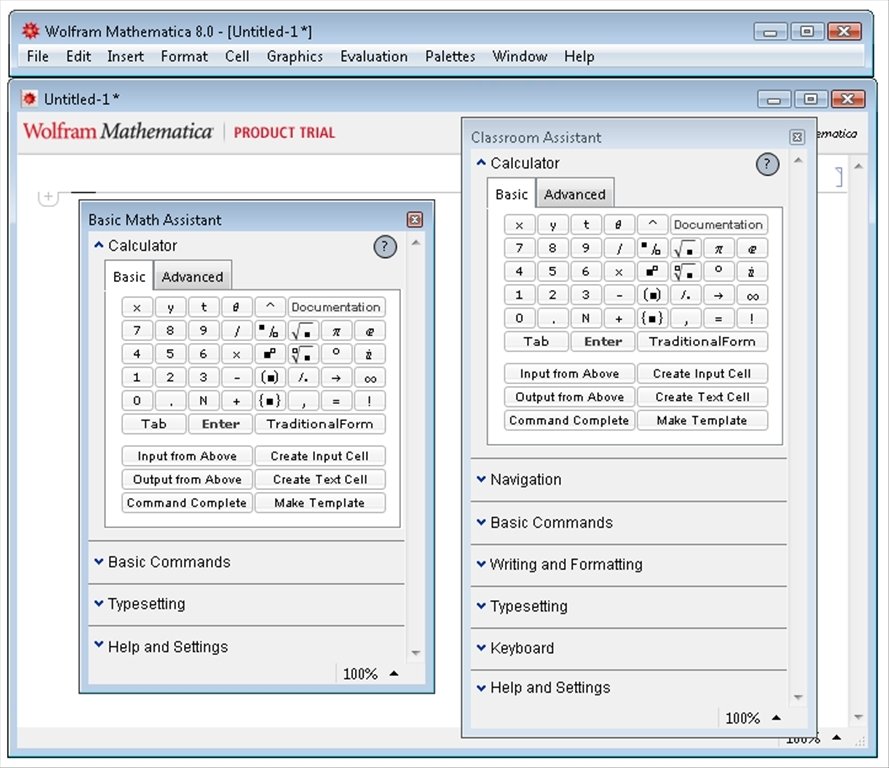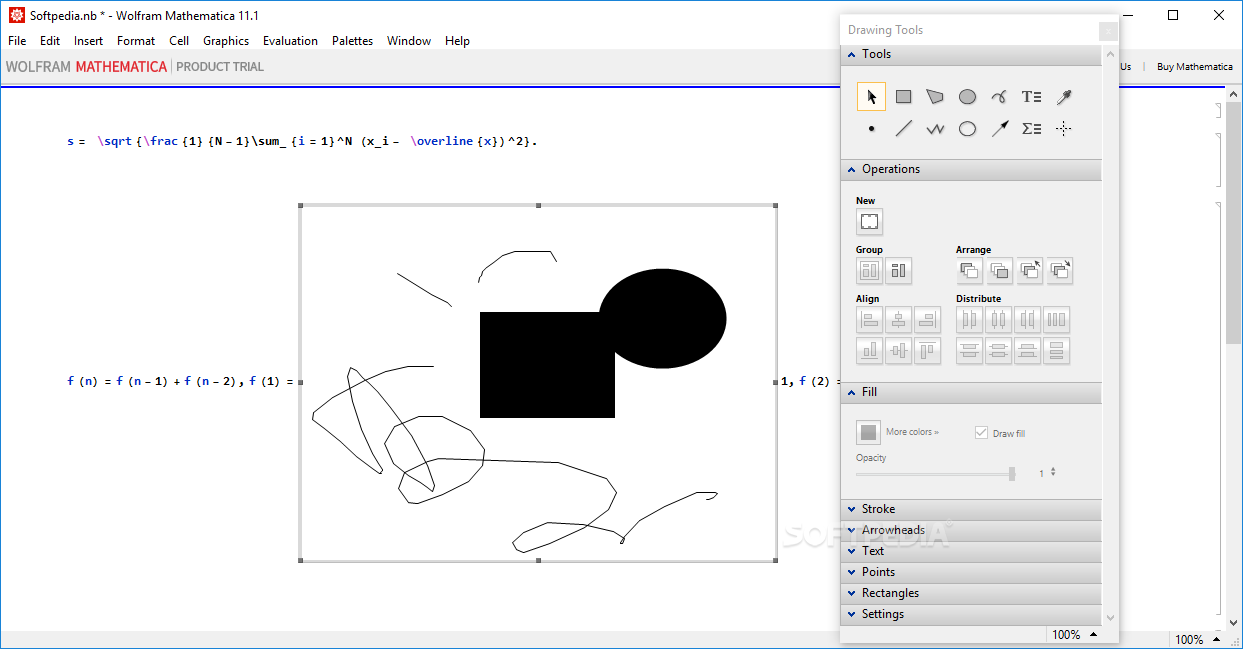

Some solution code contains a detailed mathematical proof of correctness. Many Haskell solutions depend on my shared math library module: EulerLib.hs. Many Python solutions depend on my shared math library module: eulerlib.py. ContentsĮvery Java solution depends on these shared classes: EulerSolution.java, Library.java. All my code is original work, not based on anyone else’s code, although a couple of times I obtained the high-level approach from reading various literature on the web. Among the web, this is perhaps the largest collection of Project Euler solutions in the Java programming language. Numerous solutions contain a detailed mathematical proof to justify why the implemented algorithm is correct.

Many problems additionally have a Mathematica and Haskell program. For more information about Mathematica 7. Almost all my solved problems also include a Python program (except for a few). Mathematica is not associated with Mathematica Policy Research, Inc. This page lists all of my Project Euler solution code, along with other helpful information like benchmark timings and my overall thoughts on the nature of math and programming in Project Euler.Įach problem that I solved always includes a Java program.
MATHEMATICA 7 INSTALL
In fact I manage to get XP programs on 7 here that actually won't even install on Vista but run well on 7. Here I make my solutions publicly available for other enthusiasts to learn from and to critique. Mathematica 7 Platform Availability Any programs that will generally run on Vista shouldn't have any problems on 7 since the compatibility issues are far removed between the two. If Omega > 0 your expression can then be extracted via %].I solve Project Euler problems to practice and extend my math and programming skills, all while having fun at the same time. And we're really only interested in the middle term anyway. The third term is tautological, but Simplify nor FullSimplify can't seem to remove it. (You'll note that only the last six terms actually involve Delta, so I'd check that the variable conditions actually match those.) Selecting those last six terms only, In:=%2] // Simplify I'd re-expand this with LogicalExpand which gives you twelve terms that are significantly simpler than the what Reduce alone gives. (I would not use FullSimplify as that mixes Delta in with the other terms.) At this point, we need to know more about the terms themselves, and the output from In is not quite as useful as we want. While this doesn't give you a clean answer, it is better than before and reveals more of the structure of your solution. Out:= r, Delta, Reals] // LogicalExpand // Simplify

For L 1, 2, the busyness gets more and more tricky, but numerical solutions are always obtainable. This page lists all of my Project Euler solution code, along with other helpful information like benchmark timings and my overall. Here I make my solutions publicly available for other enthusiasts to learn from and to critique. ( A 1 A 2) k and therefore the solutions are at k n / ( A 1 A 2) with n Z. I solve Project Euler problems to practice and extend my math and programming skills, all while having fun at the same time.

So for L0, you obtain that the determinant is proportional to sin. That said, if you apply Reduce to your original expression, as per Belisarius, you'd get In:=Reduce Mathematica will help you with this task if you write 1/2 instead of 0.5. First of all, getting Mathematica to output something exactly as you would like it is something of a black art, and requires a lot of patience.


 0 kommentar(er)
0 kommentar(er)
